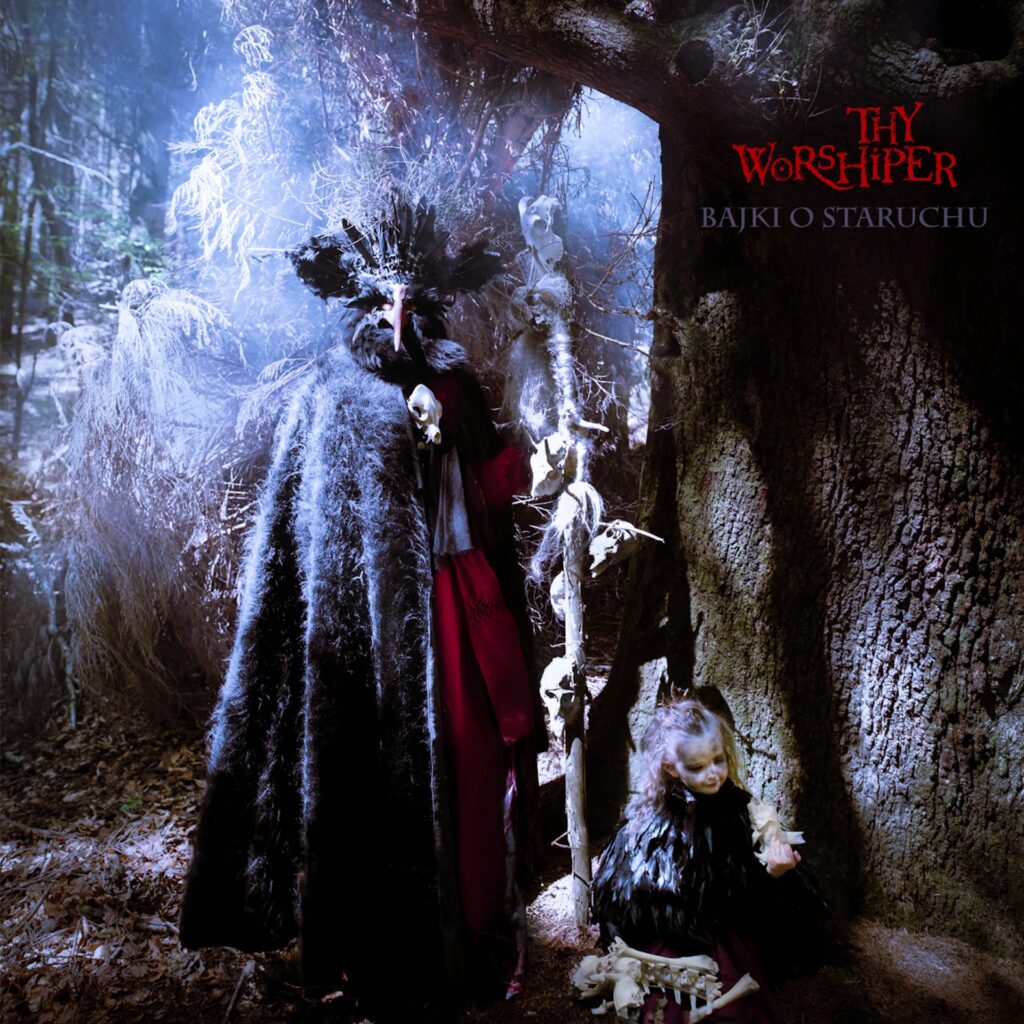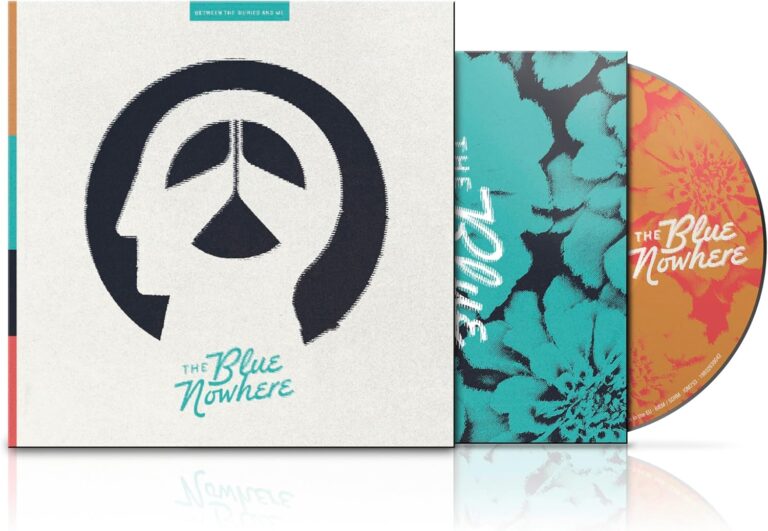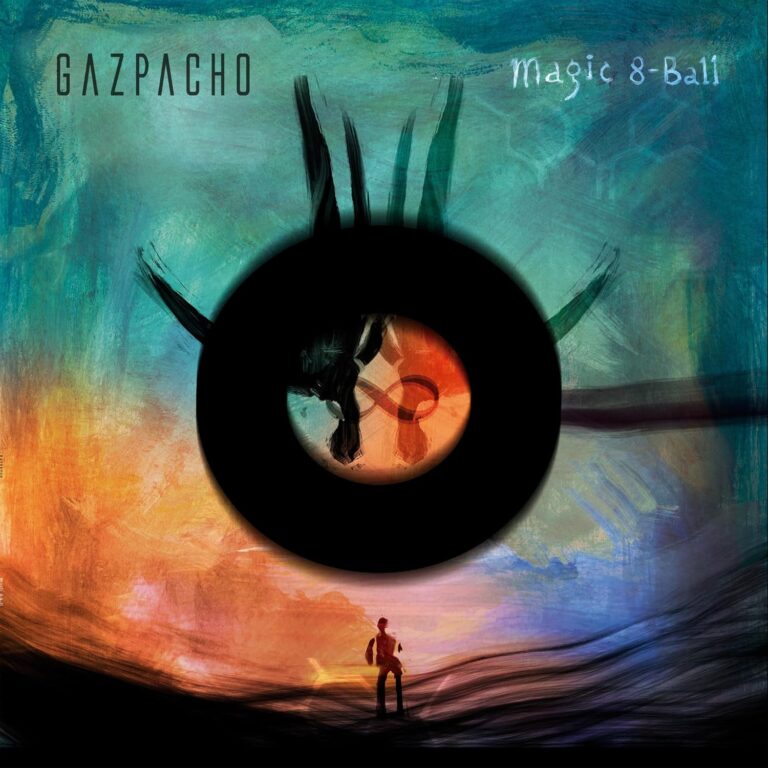
This is something pretty special. Thy Worshiper deal in a uniquely Polish take on folk-infused black metal, adding layers of authenticity by singing in their native tongue. The result is genuinely innovative, referencing the more usual bands like Burzum and Mayhem, while also casting nods in the direction of Dead Can Dance, Ulver and traditional Polish folk music. A concept record, Bajki o Staruchu (Fairytales About An Old Man), links traditional fairytales together with the common thread of “The Old Man”. What follows is a deeply atmospheric album that is as ambitious as it is enthralling.
Opening with the multi-faceted Straszno Tu, the band mix harrowing, black metal rasps with the ethereal vocals of Monika Lubas, creating an air of mystery and suspense. The music itself is similarly expansive, the band moving from the more familiar territory of black metal to earthen folk and back again with deft skill. Dead Can Dance appear as an influence on the tribal Aniołkowi nie wierz, a track that focuses closely on Monika’s haunting vocal. With newcomer Marcin Pazera proving adept behind the kit, it’s a mesmerising piece that focuses on crafting a frozen atmosphere that, despite harsh moments, captures the hypnotic air of early Burzum. A shorter track, Cien recalls the dark, underground caverns of Wieliczka, as harsh rasps and splenetic riffs do battle with Monika’s lighter tones, all washed in a haze of delay and reverb. Introducing a vocal-led ambience reminiscent of the early works of Pink Floyd, Sen once again draws the listener into the realms of the unexpected, the Polish lyrics, layered vocals and atypical percussion all serving to create a piece that exists outside the traditional black metal paradigm. Beautiful, yet not without menace, Sen even draws from the no wave scene, with elements of early Swans and Sonic Youth swirling though its DNA.
Opening with the howls and groans of the damned, Gra W Kosci sees jazzy rhythms underpinning layers of sound. It says much of the ability of the various musicians involved that the track so effectively bridges the divide between atmospheric black metal and jammed out psychedelia, the band creating something that truly feels spontaneous in its delivery. Further blurring the lines between Floydian psychedelia and black metal is the nine-minute O Kwiatku Na Grobie. Haunting, yet driven by relentlessly hypnotic percussion, O Kwiatku Na Grobie epitomises the eclectic approach taken by the band, not least when the piece suddenly evolves into something best characterised as neo-classical black metal. Imperial and majestic, it is a remarkable transition, and yet it feels entirely in keeping with the band’s remarkable sense of scope. The dense rhythms of Baba Jaga return us to the realms of Dead Can Dance, the propulsive tribal rhythms evoking half-seen images of figures flitting between the blackened husks of frozen trees. It is a truly magical piece of music, cinematic in scope, and it leaves the subtle, slow build of Mgla a mighty task. Aware of this, the band allow the listener plenty of space in which to draw breath, a music-box introduction slowly unfolding as the band introduce each new element. A track that sits more in the realm of ethereal folk than black metal, its extremity lies in its unconventionality, and it makes for the perfect closer to this wonderfully fluid, even progressive album.
There have been albums, over the course of my time writing for SonicAbuse, that are more akin to works of art than conventional albums. Often evocative, sometimes beautiful, but always deeply original, such albums step so far beyond convention that they are to be treasured. This is the case with Bajki o Staruchu. While reference points may be found, it is the crafting of the album as a whole that proves such a success – as if you are listening to one sweeping piece of music, rather than eight separate compositions – and to place the album in the player is to be lost for the duration. 10/10




